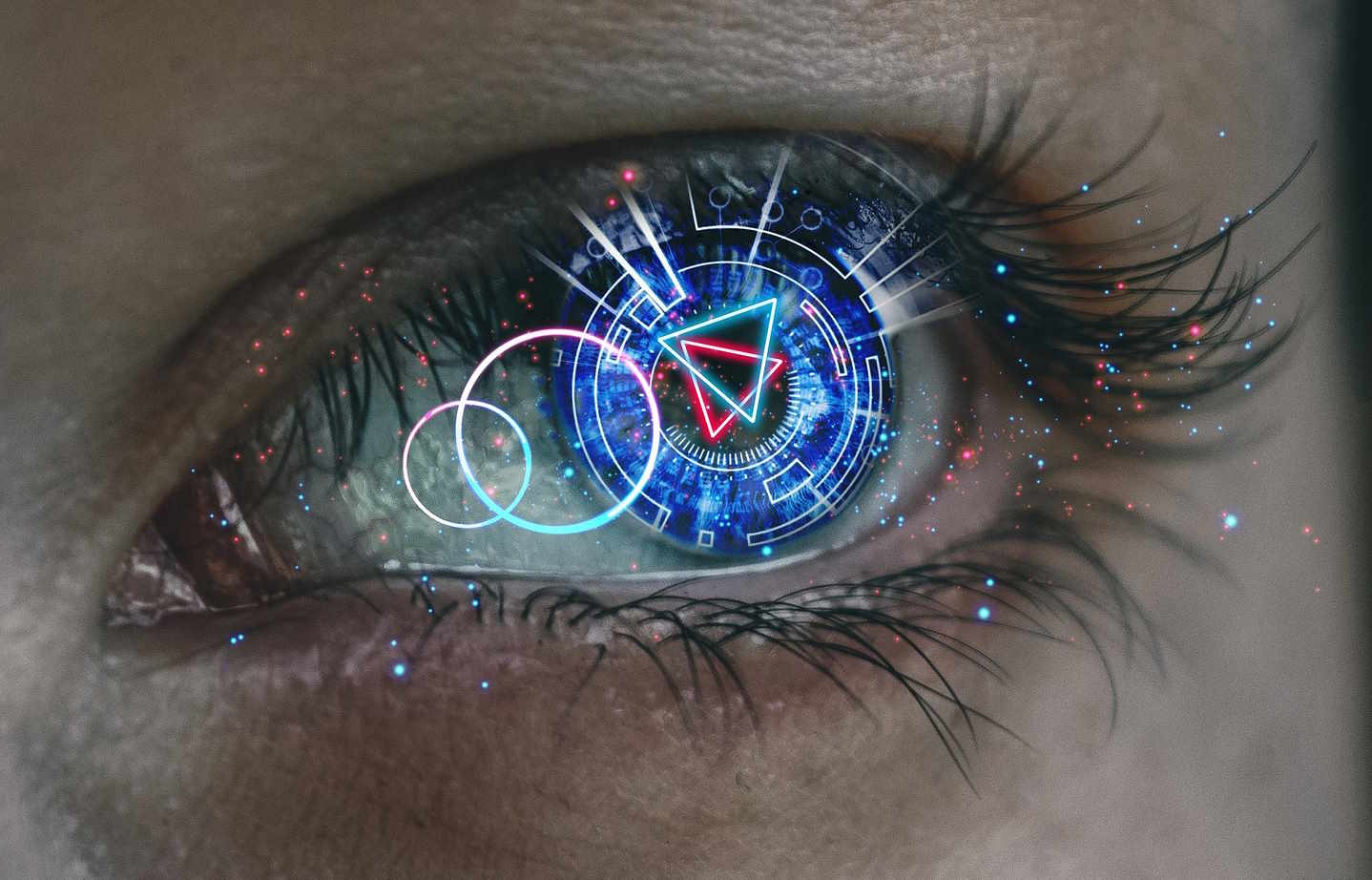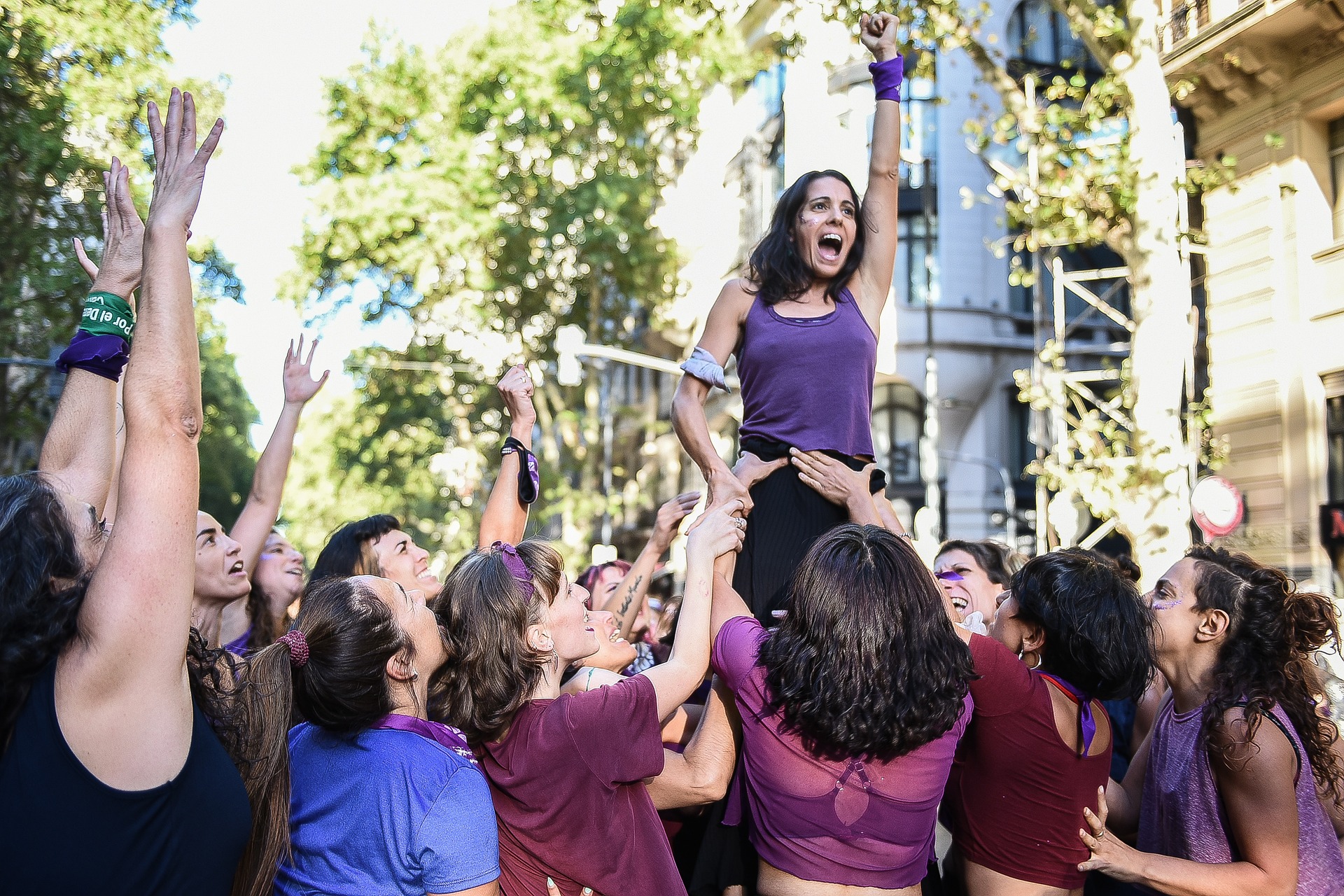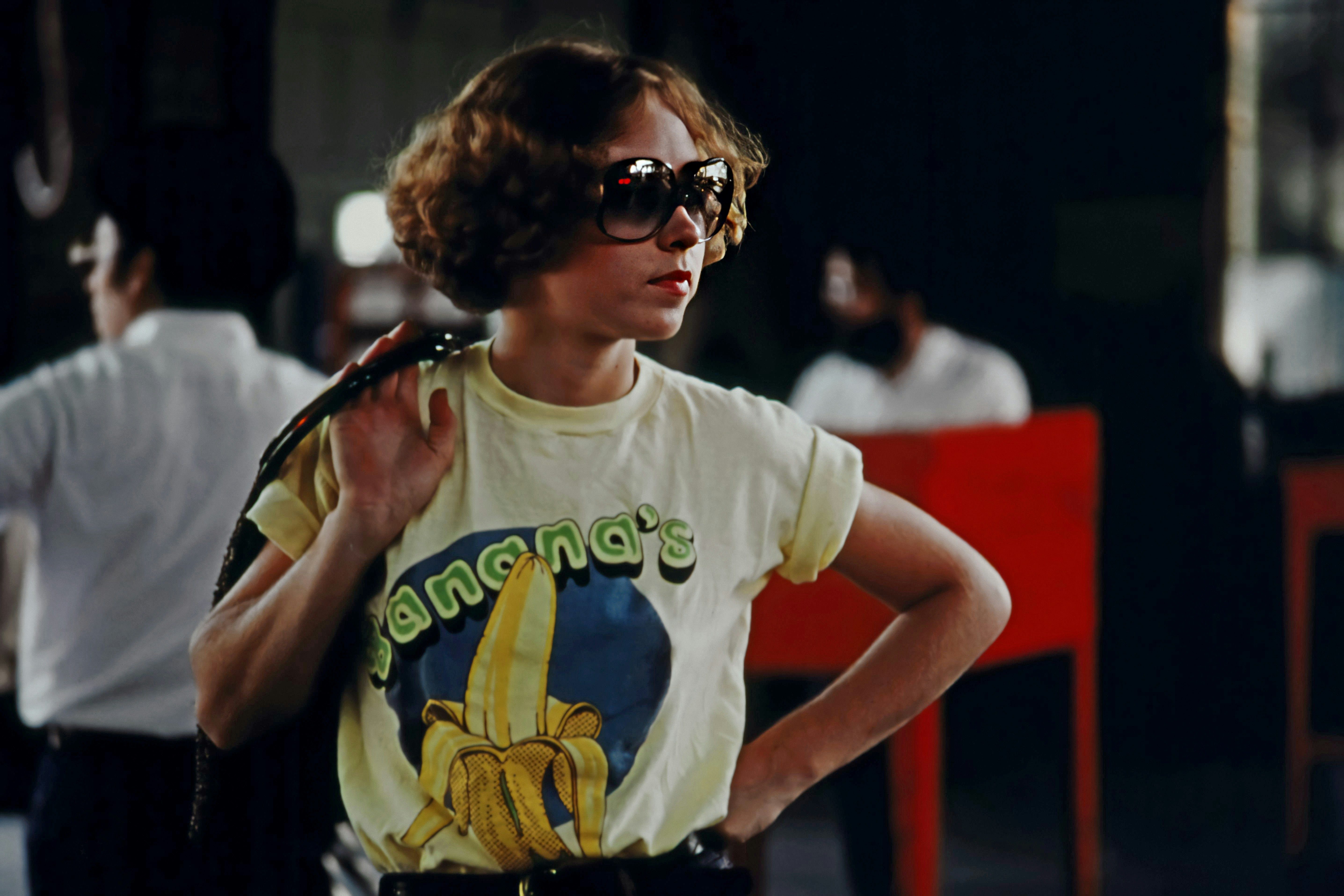Chromotherapy: The Spectrum of Wellness
In a world where wellness trends come and go, an ancient practice is making a colorful comeback. Chromotherapy, also known as color therapy, is emerging as a vibrant approach to holistic health and beauty. This technique, rooted in ancient Egyptian and Indian healing traditions, harnesses the power of colored light to promote physical and emotional well-being. As modern science begins to unravel the intricate relationship between light, color, and human physiology, chromotherapy is gaining traction in spas, wellness centers, and even home care routines. From mood enhancement to skin rejuvenation, the spectrum of potential benefits is as diverse as the colors themselves. Let's delve into the fascinating world of chromotherapy and explore how it's painting a new picture of wellness in the beauty and fitness landscape.
The Rainbow Connection: A Brief History of Chromotherapy
Chromotherapy’s roots stretch back thousands of years, with evidence of color-based healing practices found in ancient Egyptian and Greek texts. The Egyptians built solarium-like structures with colored panes, believing that sunlight filtered through different colors could treat various ailments. In India, Ayurvedic medicine incorporated color therapy into its holistic approach, associating specific colors with the body’s chakras or energy centers.
During the Middle Ages, color therapy fell out of favor in Western medicine. However, it experienced a revival in the 19th century when Dr. Edwin Babbitt published his influential work “The Principles of Light and Color.” Babbitt’s research laid the groundwork for modern chromotherapy, proposing that different colors could stimulate or sedate the body’s systems.
In the early 20th century, Dinshah Ghadiali, an Indian-born scientist, developed a comprehensive system of color therapy called Spectro-Chrome. Although controversial at the time, his work contributed significantly to the field and sparked renewed interest in the therapeutic potential of color.
The Science of Hue: How Color Affects the Body
Recent scientific studies have begun to shed light on the mechanisms behind chromotherapy. Research suggests that different colors of light can influence the production of hormones and neurotransmitters, affecting everything from mood to circadian rhythms.
For instance, exposure to blue light has been shown to suppress melatonin production, potentially improving alertness and cognitive function. Conversely, red light has been found to stimulate melatonin production, which could aid in sleep and relaxation.
Moreover, studies in photobiomodulation therapy have demonstrated that certain wavelengths of light can penetrate the skin and interact with cellular mitochondria, potentially promoting healing and rejuvenation at a cellular level.
The Palette of Well-being: Chromotherapy in Practice
In modern wellness settings, chromotherapy is applied in various ways. Light therapy boxes, often used to treat seasonal affective disorder, utilize bright white light to mimic sunlight and regulate mood. More specialized devices use specific colors for targeted effects:
-
Red light therapy has gained popularity for its potential to stimulate collagen production and reduce inflammation in the skin.
-
Blue light is often used in acne treatments due to its antibacterial properties.
-
Green light is believed to have a balancing effect and is sometimes used to alleviate migraines.
Some spas and wellness centers offer chromotherapy saunas or light rooms, where clients can immerse themselves in a particular color of light for therapeutic purposes. These sessions are often combined with meditation or relaxation techniques to enhance the overall experience.
The Beauty Spectrum: Chromotherapy in Skincare and Cosmetics
The beauty industry has been quick to embrace the potential of chromotherapy. LED face masks have become a popular at-home treatment, with different colors targeting various skin concerns. Red light is often used for anti-aging, while blue light is marketed for acne control.
Some skincare brands have even incorporated color theory into their product packaging and formulations. For example, green-tinted primers are designed to counteract redness in the skin, while purple-hued products aim to brighten sallow complexions.
In the realm of makeup, color correction techniques based on chromotherapy principles have gained traction. Makeup artists use color wheels to determine which shades can neutralize unwanted tones in the skin, creating a more balanced and radiant appearance.
The Fitness Glow: Chromotherapy in Exercise Environments
The influence of chromotherapy is extending beyond traditional wellness spaces and into the fitness world. Some innovative gyms and fitness studios are experimenting with colored lighting to enhance workout experiences:
-
Red lighting is sometimes used in high-intensity classes to energize participants and potentially increase strength output.
-
Blue or green lighting might be employed in yoga or meditation classes to promote calmness and focus.
-
Orange or yellow lighting could be used in social workout areas to stimulate communication and enthusiasm.
Some fitness wearables are also incorporating light therapy features. For example, certain smartwatches now include blue light filtering options to help users wind down before bed, potentially improving sleep quality and recovery.
The Future in Living Color: Challenges and Opportunities
As chromotherapy gains popularity, it faces both excitement and skepticism from the scientific community. While some studies show promising results, more rigorous research is needed to fully understand the effects of different colors on human health and well-being.
One challenge lies in standardizing chromotherapy treatments. The wavelength, intensity, and duration of light exposure can all influence outcomes, making it crucial to establish clear protocols for different applications.
Privacy concerns also arise as light-based therapies become more personalized. As with any health data, information about an individual’s light exposure and responses will need to be carefully protected.
Despite these challenges, the future of chromotherapy looks bright. As our understanding of light’s impact on health deepens, we may see more tailored, evidence-based applications in both clinical and consumer settings. From personalized light therapy regimens to color-adaptive environments that respond to our physical and emotional states, the potential for innovation is vast.
In conclusion, chromotherapy represents a fascinating intersection of ancient wisdom and cutting-edge science. As it continues to evolve, this colorful approach to wellness may paint a new picture of health and beauty, offering a spectrum of possibilities for those seeking to illuminate their path to well-being.





